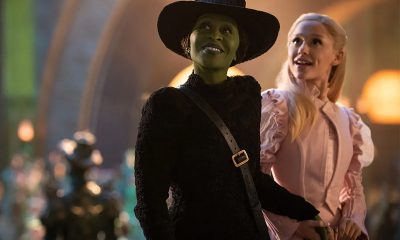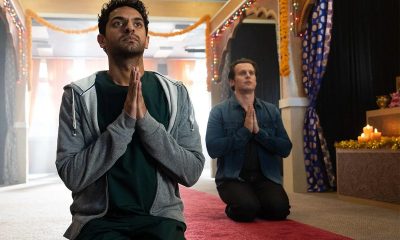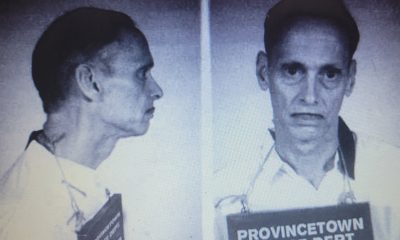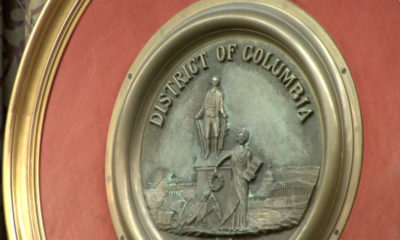Arts & Entertainment
Feature-length treatments of ‘Looking,’ ‘AbFab’ are fluffy summer entertainment
Cast reunions of hit gay shows work in longer format

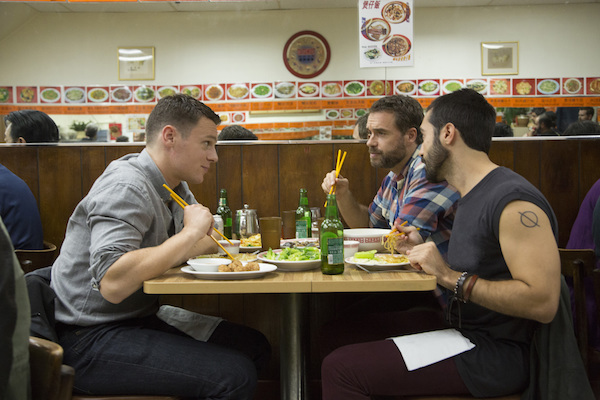
The cast of ‘Looking: the Movie’ are, from left, Jonathan Groff as Patrick, Murray Bartlett as Dom and Frankie J. Alvarez as Agustin. (Photo courtesy HBO)
This weekend, two television shows with large and passionate LGBT fan bases make the leap from 30-minute episodes to feature-length movies. In both cases, fans of the series will be thrilled to see their favorites again, but newcomers will still be able to follow along and join in the laughs and the tears.
With some clever writing, “Looking: the Movie” introduces (or reintroduces) the characters with great warmth and efficiency. Thirty-year old video game designer Patrick (Jonathan Groff) is returning to San Francisco after a nine-month hiatus. Through some chatter with the cab driver, dinner with his bffs Agustín (Frankie J. Alvarez) and Dom (Murray Bartlett) and a quick tryst with the cute Jimmy (Michael Rosen), Patrick and his friends quickly bring everyone up to speed.
They are soon joined by series regulars Doris and Malik (Lauren Weedman and Bashir Salahuddin), Richie and Brady (Raúl Castillo and Chris Perfetti) and Eddie (Daniel Franzese) for a moving wedding (no spoilers here); a wild reception fueled by drugs, alcohol and angry recriminations; and, of course, a sentimental finale at an all-night diner. There are no big surprises, but there are no major disappointments either, just a welcome sense of closure as the characters heal old wounds and move forward into the photogenic sunrise.
Working with series creator and writer Michael Lannan, show runner/writer/director Andrew Haigh (best known for the films “Weekend” and “45 Years”) seems far more comfortable working in a feature-length format. Where the individual episodes of the series often felt clunky and uneven, the movie feels more assured. The pacing is comfortable, the exposition and dialogue feel natural and unforced (even if sometimes a little clichéd), the acting is solid and the cinematography is lovely, a heart-felt Valentine to the environs of San Francisco.
The weakest element of the television movie will remind detractors of the weakest moments of the series: toxic relationships and repetitive discussions of them. Patrick’s uninteresting, unpleasant and unrealistic sexual relationship with is boss Kevin (Russell Tovey) clogged up the series and now weighs down the movie. Just as the HR department should have shut down the liaison between supervisor and subordinate, Haigh should have written off Kevin in a few lines. The time would have been better spent elsewhere.
The strongest element of the television movie will remind fans of the most exciting moments of the series: its bold presentation of gay male intimacy and sexuality. On his first night back in the city, Patrick goes home with the charming Jimmy (Rosen is a real find). They have sex (Patrick has finally gotten over some of his hang-ups in the bedroom) and afterwards talk into the night over reheated Chinese food. It’s a lovely sequence, full of sizzling eroticism and deep connection, both in and out of the bedroom.
On the other hand, the ladies of “Absolutely Fabulous: The Movie” need little introduction. They’re archetypal clowns, with roots back to Aristophanes and Shakespeare. Jennifer Saunders (screenwriter and star) quickly reestablishes the characters and their new scenario. Patsy Stone (Joanna Lumley) is still a fashion editor with rather undefined responsibilities. She’s the same as ever: tall, blond, acerbic and short on cash.
Edina Monsoon (Saunders) faces tougher circumstances. Her PR firm is floundering, and she can barely wrangle her eccentric menagerie. The regulars are back: Julia Sawalha as Edina’s straight-laced daughter Saffy, June Whitfield as her sharp-tongued Mother, and Jane Horrocks as her delightfully ditzy assistant Bubble. This time there’s also Saffy’s daughter Lola (Indeyarna Donaldson-Holness) and Edina’s hairdresser Christopher (Chris Colfer).
To revive her flagging fortunes, Edina decides to enlist Kate Moss as a client. Unfortunately, she accidentally pushes the supermodel into the Thames. To escape the paparazzi and the police, and to find rich husbands, Patsy and Edina flee to the Riviera for more champagne-fueled hijinks.
But, the plot is really just a framework for sight gags and celebrity cameos, and the movie provides lots of both. Saunders and Lumley are both gifted comedic actors; their physical comedy is as sharp as their delivery of zingers and dizzy rants. Celebrity sightings, for those who are playing Ab Fab bingo, include both Dame Edna Everage and Barry Humphries, Mo Gaffney, Rebel Wilson, Graham Norton, Jon Hamm, Joan Collins, Stella McCartney, Perez Hilton, Jean-Paul Gaultier and the very funny Jerry Hall.
There’s even dozens of delightful drag queens who help Saffy track down her missing mother and daughter. If the energy ever drops, and it does from time to time, don’t worry, sweetie darling. There’s another outrageous outfit or another name to drop around the corner.
Both “Looking” and “Absolutely Fabulous” make the move from series to showcase with considerable skill and style. Fans will find plenty to enjoy; haters will find plenty to hate; and, newcomers will quickly catch on. Depending on your mood, both “Absolutely Fabulous: the Movie” and “Looking: the Movie” are a find way to spend a summer evening.
“Looking: The Movie” premieres on July 23 on HBO. “Absolutely Fabulous: The Movie” opens everywhere on July 22.
Books
‘Dogs of Venice’ looks at love lost and rediscovered
A solo holiday trip to Italy takes unexpected turn

‘The Dogs of Venice’
By Steven Crowley
c.2025, G.P. Putnam & Sons
$20/65 pages
One person.
Two, 12, 20, you can still feel alone in a crowded room if it’s a place you don’t want to be. People say, though, that that’s no way to do the holidays; you’re supposed to Make Merry, even when your heart’s not in it. You’re supposed to feel happy, no matter what – even when, as in “The Dogs of Venice” by Steven Rowley, the Christmas tinsel seems tarnished.

Right up until the plane door closed, Paul held hope that Darren would decide to come on the vacation they’d planned for and saved for, for months.
Alas, Darren was a no-show, which was not really a surprise. Three weeks before the departure, he’d announced that their marriage wasn’t working for him anymore, and that he wanted a divorce. Paul had said he was going on the vacation anyhow. Why waste a perfectly good flight, or an already-booked B&B? He was going to Venice.
Darren just rolled his eyes.
Was that a metaphor for their entire marriage? Darren had always accused Paul of wanting too much. He indicated now that he felt stifled. Still, Darren’s unhappiness hit Paul broadside and so there was Paul, alone in a romantic Italian city, fighting with an espresso machine in a loft owned by someone who looked like a frozen-food spokeswoman.
He couldn’t speak or understand Italian very well. He didn’t know his way around, and he got lost often. But he felt anchored by a dog.
The dog – he liked to call it his dog – was a random stray, like so many others wandering around Venice unleashed, but this dog’s confidence and insouciant manner inspired Paul. If a dog could be like that, well, why couldn’t he?
He knew he wasn’t unlovable but solo holidays stunk and he hated his situation. Maybe the dog had a lesson to teach him: could you live a wonderful life without someone to watch out for, pet, and care for you?
Pick up “The Dogs of Venice,” and you might think to yourself that it won’t take long to read. At under 100 pages, you’d be right – which just gives you time to turn around and read it again. Because you’ll want to.
In the same way that you poke your tongue at a sore tooth, author Steven Rowley makes you want to remember what it’s like to be the victim of a dead romance. You can do it here safely because you simply know that Paul is too nice for it to last too long. No spoilers, though, except to say that this novel is about love – gone, resurrected, misdirected – and it unfolds in exactly the way you hope it will. All in a neat evening’s worth of reading. Perfect.
One thing to note: the Christmas setting is incidental and could just as well be any season, which means that this book is timely, no matter when you want it. So grab “The Dogs of Venice,” enjoy it twice with your book group, with your love, or read it alone.
The Blade may receive commissions from qualifying purchases made via this post.
a&e features
Local, last-minute holiday gift ideas
Celebrate the season while supporting area businesses

The DowntownDC Holiday Market is bustling. Union Station is decked out with its annual Christmas tree. Washingtonians have wrapped their houses and apartment balconies with festive lights and holiday decorations. The holiday season is here. And with stockings to fill and empty space under the tree, Washington’s local shops and artists have plenty to offer.
Show your LGBTQ and D.C. pride with the Washington Blade’s annual holiday gift guide.
To embrace the holiday buzz: The Blanco Nwèl cocktail from Alchy Cocktails. This Caribbean eggnog is one of Alchy Cocktail’s seasonal holiday cocktails. The flavor profile is similar to coquito, a traditional Puerto Rican Christmas drink with a coconut base. As a queer and Caribbean-owned business, Alchy Cocktails has been based out of Washington since 2021. Blanco Nwèl is available in both cocktail ($24) and mocktail ($12) online and at a variety of holiday markets, including the Tingey Plaza Holiday Market, the Flea Market at Eastern Market, Union Station’s Main Hall Holiday Market, and more. ($24)

A spicy bite: Gordy’s Cajun Okra from Salt and Sundry. These spicy, tangy pickles pull on Southern Cajun-style flavors, packing a punch with paprika, cayenne, and more. Gordy’s is an LGBTQ-owned and Washington-based brand, making this gift an opportunity to support a local LGBTQ business straight from the jar. This pantry staple is available on Salt & Sundry’s website and at its locations in Union Market, Logan Circle, and its Georgetown holiday pop-up store. ($14)


To celebrate Washington pride: The DC Landmark Tote Bag from The Neighborgoods. Native Washingtonians, visitors, friends and family alike will find something to love about this Washington-themed tote bag. Food trucks, the 9:30 Club, the Metro logo and pandas from the National Zoo are just some of the city’s landmarks depicted across the tote in a red, white, and blue color palette. The tote is a part of the DC Landmarks collection, which donates 10 percent of its sales to the American Civil Liberties Union. The Neighborgoods itself is a local, woman-owned business built out of a passion for screen-printing in 2013. The 100 percent cotton canvas tote is for sale online or at the DowntownDC Holiday Market. ($22)
To give friends and family their flowers: The Flowers Bandana from All Very Goods. This 100 percent cotton bandana was designed in Washington and hand printed in India. Its uniqueness comes in being covered with the faces of Black women, representing a “love letter to all women but especially Black women,” according to All Very Goods. The Black woman-owned and operated business, based out of Northwest Washington, has a mission to celebrate diversity and representation through its products. The bandana intends to give Black women their “flowers.” The Flowers bandana is available for purchase online. ($24)

To unlock culinary creativity: The Curious Chef Gift Collection from Each Peach Market. This customizable collection of kitchen oddities — ranging from tinned fish to chili oil — is a quirky gift for the most inventive chefs. The collection is available in a Standard Santa, Extra Goodies and Super Holiday Size for up to $165. The Washington-based market, founded in 2013, permits customers to make the collection special by specifying what unique ingredients are packaged, including products made by local or LGBTQ brands. Each Peach Market offers assembly and pick up in-person at its Mount Pleasant shop and also offers local delivery and nationwide shipping via its website. ($85)

To give a touch of sweetness: The DC Landmark Chocolate Covered Oreo Holiday Cookies from Capital Candy Jar. Wrapped in a festive red bow, this box of nine cookies embraces love for Washington and the holiday season in one. Among the dark and milk chocolate covered cookies are images of the U.S. Capitol, the White House, the Lincoln Memorial, the Jefferson Memorial and festive hollies. The treat, packaged in a Hill East facility just a few blocks from the Capitol, is available for purchase online and at the DowntownDC Holiday Market. ($23.95)


To celebrate queer gaming: Thirsty Sword Lesbians from Labyrinth Games & Puzzles. This roleplaying game embraces lesbian culture by unlocking a world of swords, romance, and battle. Ideal for group settings, the book presents a system of world building and character identities that are best brought to life by creative minds. Labyrinth, which has been a local Washington business for more than 15 years, celebrates non-digital fun through games and puzzles that connect the community. This gift is offered online and at Labyrinth’s Capitol Hill location. ($29.99)
To make a bold statement: The “Resist” T-shirt from Propper Topper. This locally screen-printed black tee features the Washington flag designed within a raised fist, symbolizing both Washington pride, and political resistance. The shirt is made exclusively by Propper Topper, a local Washington business that evolved from a hat shop to a gift store since opening in 1990. The tri-blend unisex shirt is available both for pickup at Propper Topper’s Cathedral Heights location and shipping via the online site. ($32)

To keep it c(g)lassy: The Glass Ball earrings from Blue Moon Aquarius. Gifting can rarely go wrong when it comes to a new pair of earrings. The unique statement earrings — made of polymer clay, glass, and 18k gold plating over surgical steel — are hand cut, sanded and assembled in Washington, meaning each set is unique. Blue Moon Aquarius, a local brand, is known for its small batch jewelry and home decor designed with clay materials. Available in oxblood, hunter green, lavender, and bluestone color palettes, these earrings are available for purchase on Blue Moon Aquarius’ website and at the DowntownDC Holiday Market. ($48)

To elevate a holiday tea or charcuterie party: The Honey Flight: Tea Lover’s Selection from BannerBee. This local honey company presents the ideal gift to make cozying up with a cup of tea slightly more special. The Honey Flight contains three types of raw wildflower honey infused with fair trade Ugandan vanilla bean, chai spices, and locally sourced lemon thyme herb. The gift is also an opportunity to uplift a family company based in the Mid-Atlantic that offers all-natural, sustainable products. The flight is available online, at the DowntownDC Holiday Market or at the Arlington Courthouse and Dupont Farmers’ Markets. ($36)

For Baltimore shoppers: If you’re in Charm City, don’t miss Balston Mercantile, opened by a gay couple in June. Their gorgeous shop in the Hampden neighborhood offers an array of unique, upscale finds, from barware and artwork to cookbooks and home decor and more. (849 W. 36th St.)
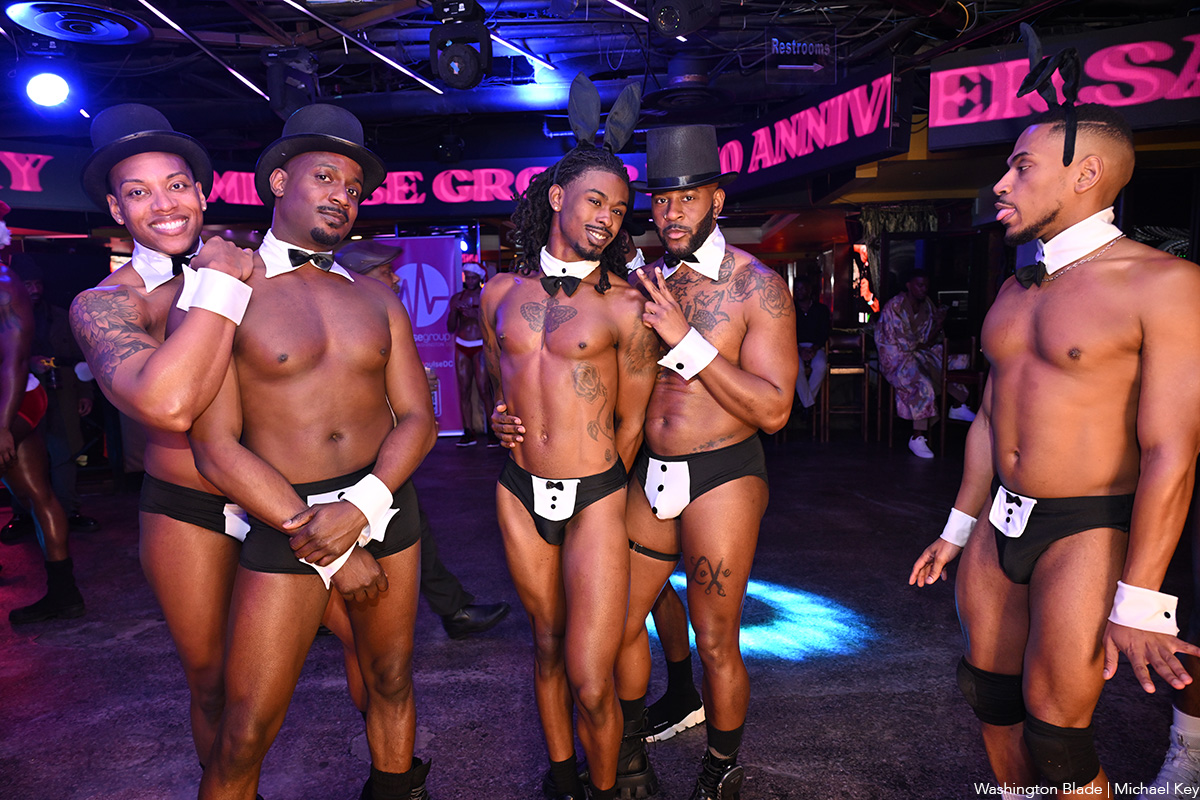
Impulse Group DC held “10’s Across the Board: A Celebration of 10 Years” at Bravo Bravo (1001 Connecticut Ave., N.W.) on Sunday, Dec. 14. Impulse Group DC is a volunteer-led 501(c)(3) and affinity group of AIDS Healthcare Foundation dedicated “to engaging, supporting, and connecting gay men” through culturally relevant health and advocacy work.
(Washington Blade photos by Michael Key)
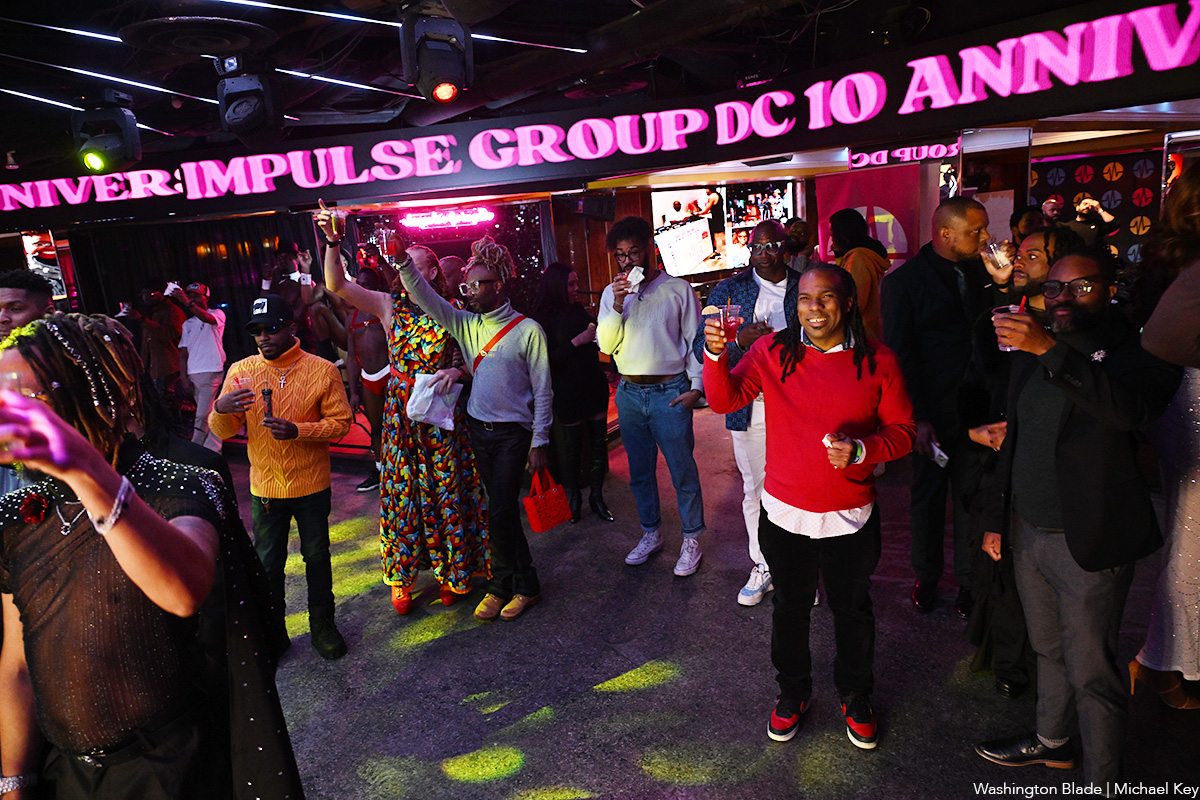


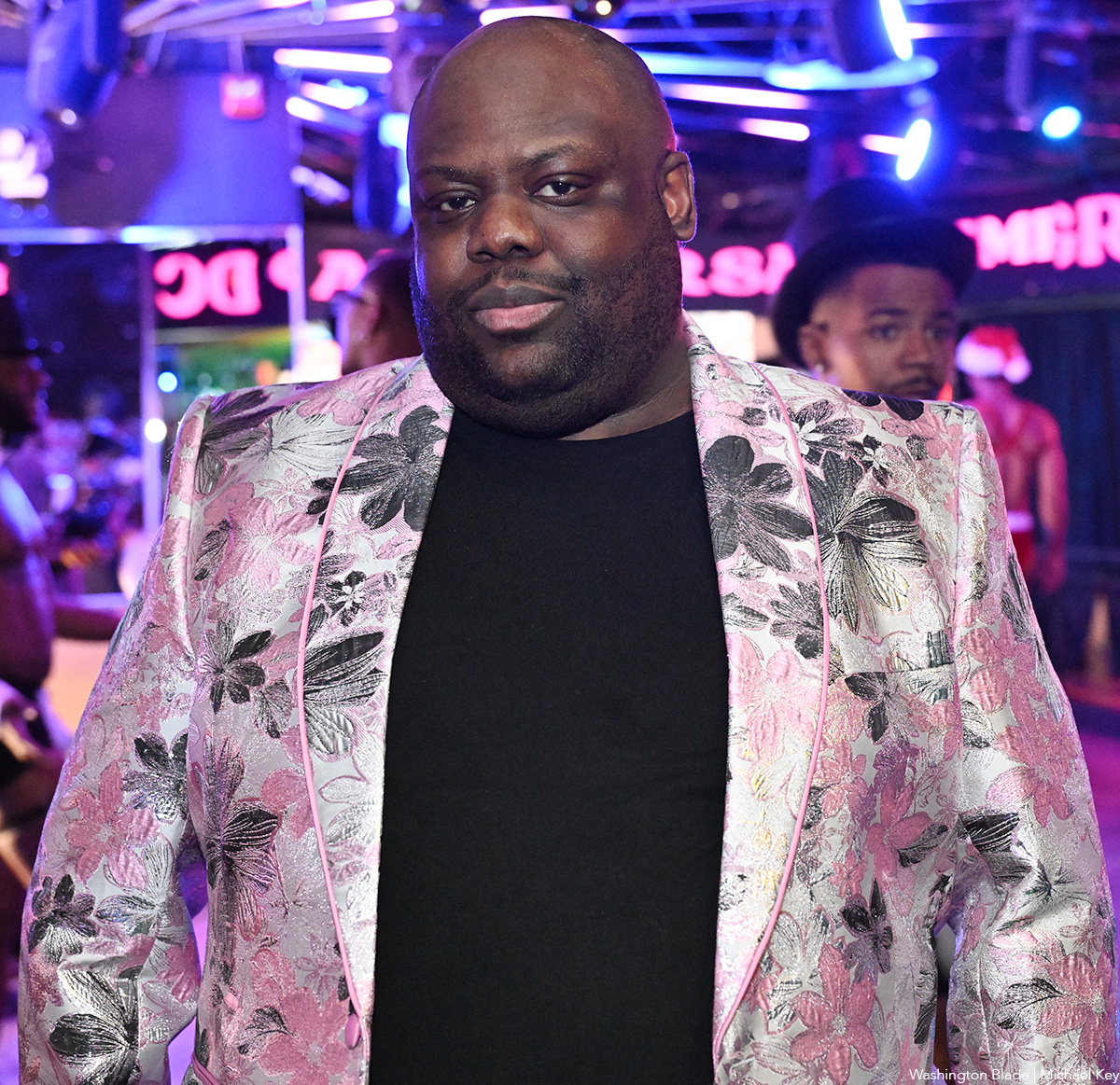

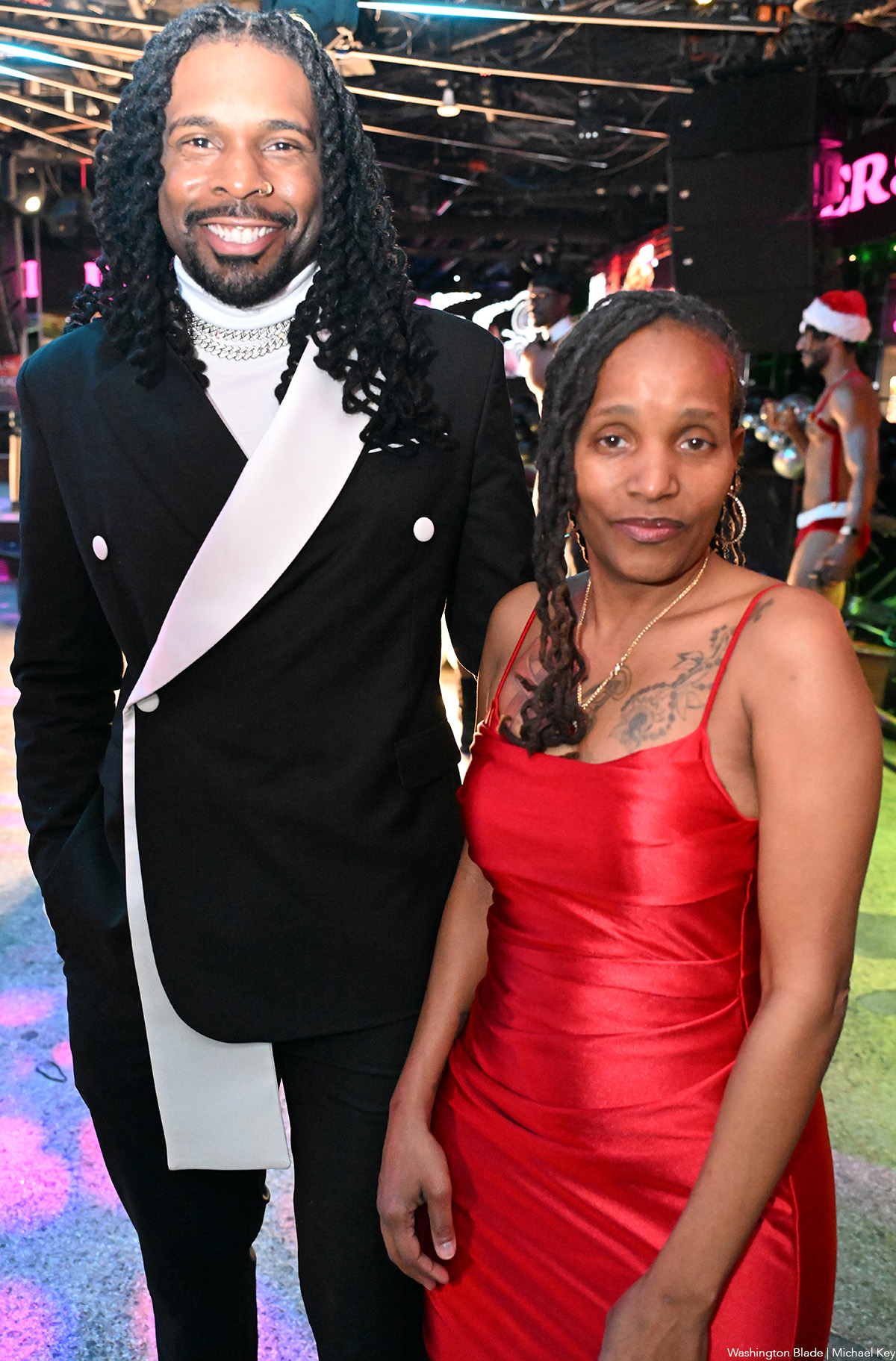
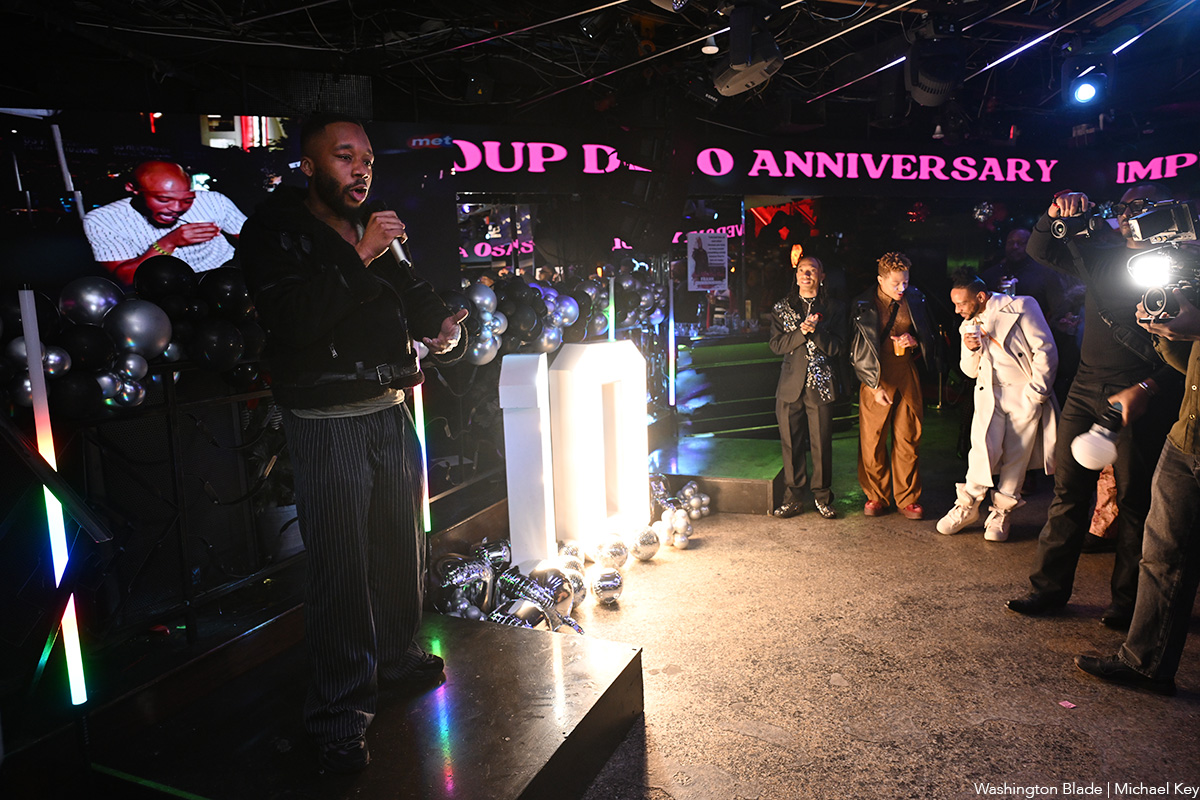
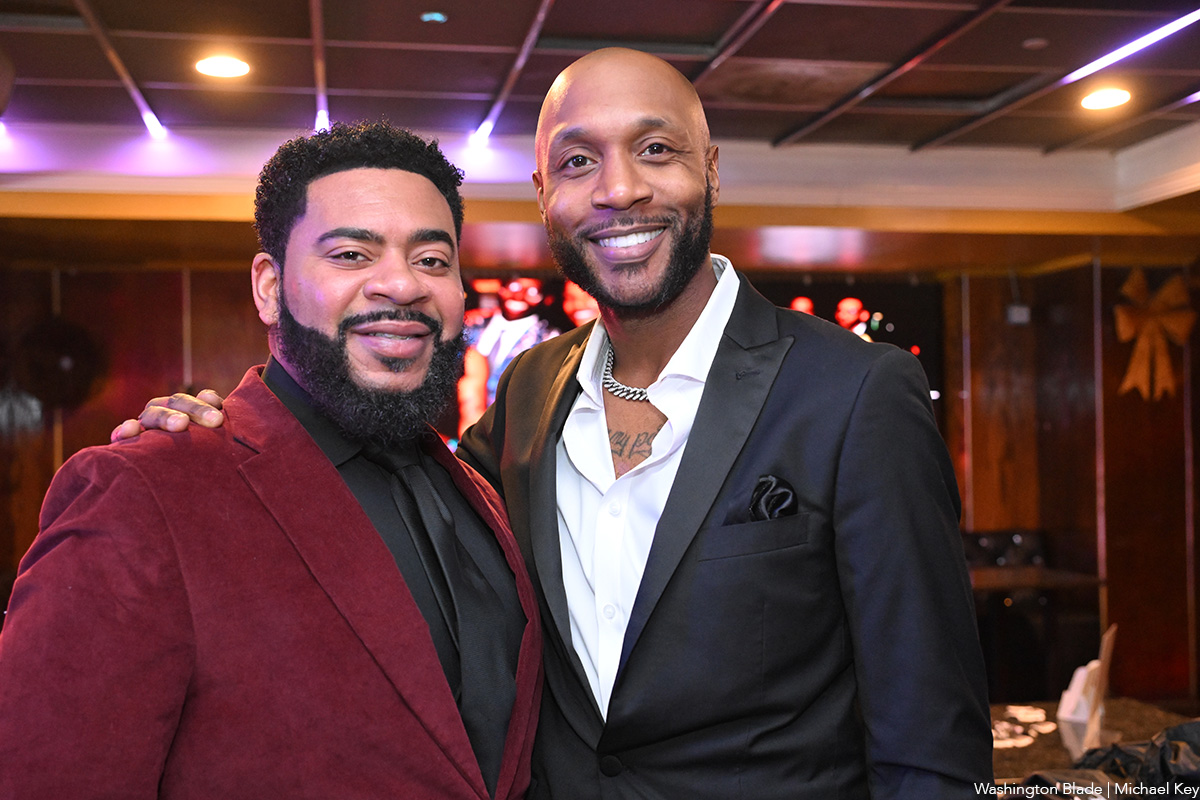
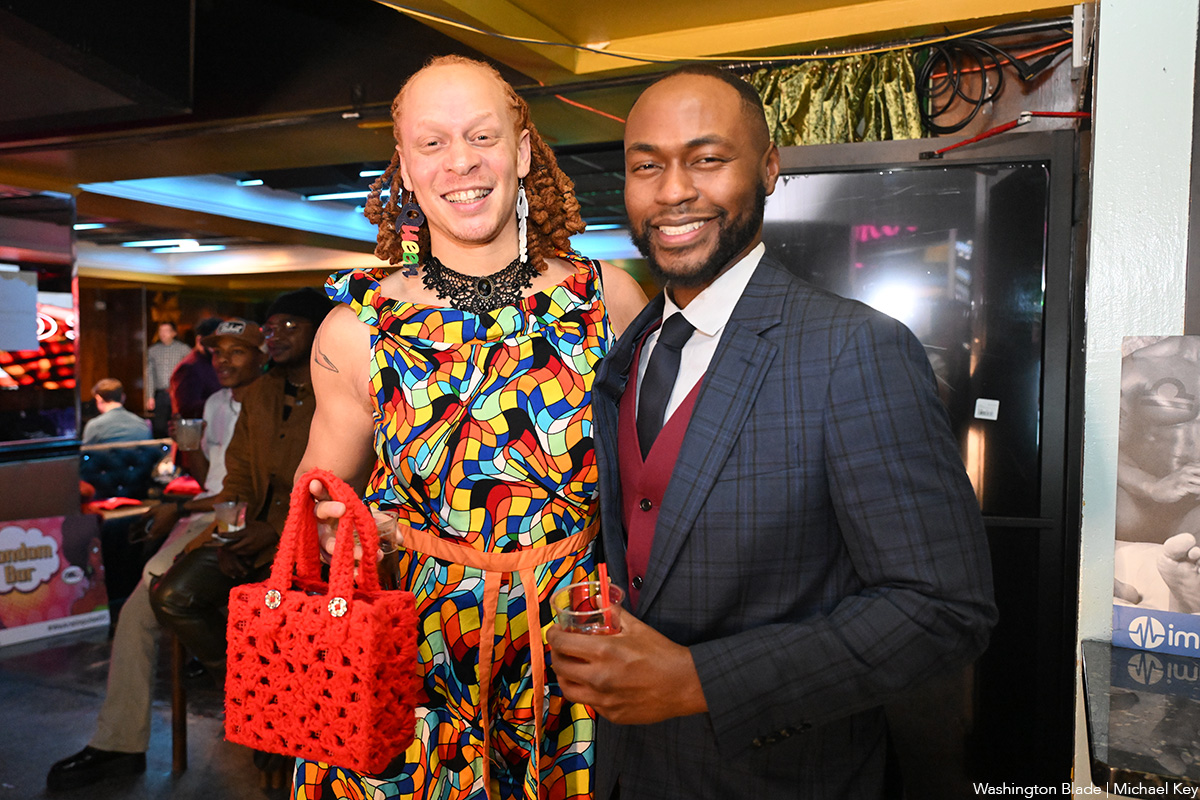
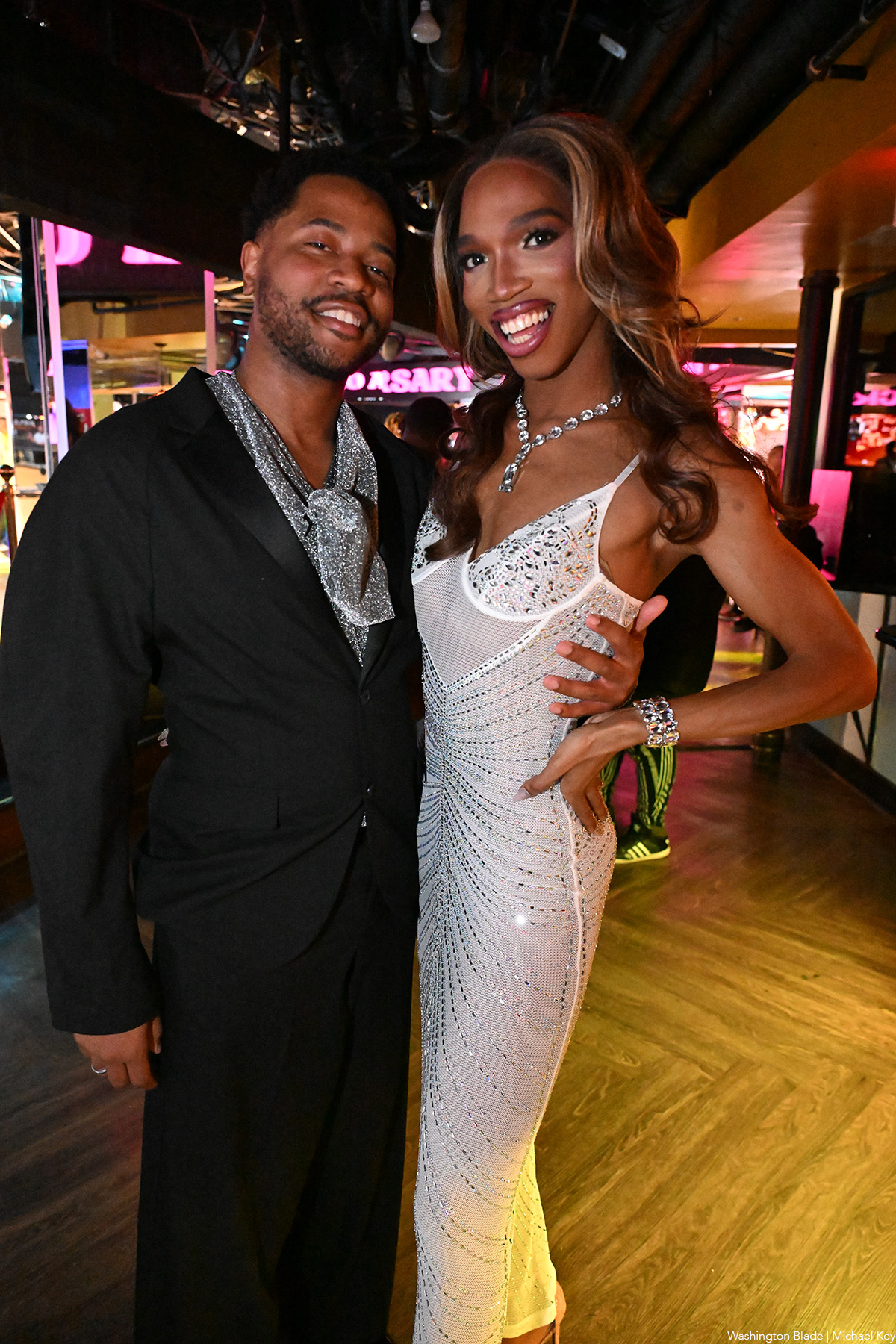
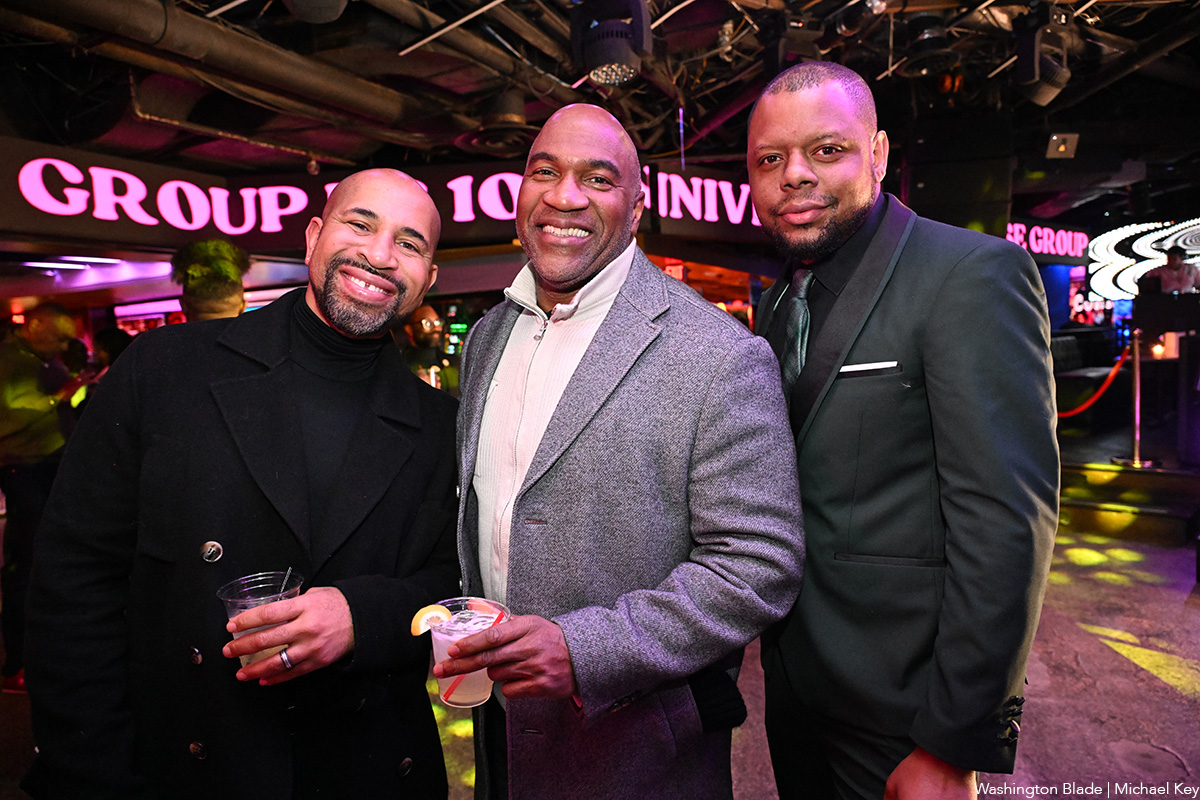

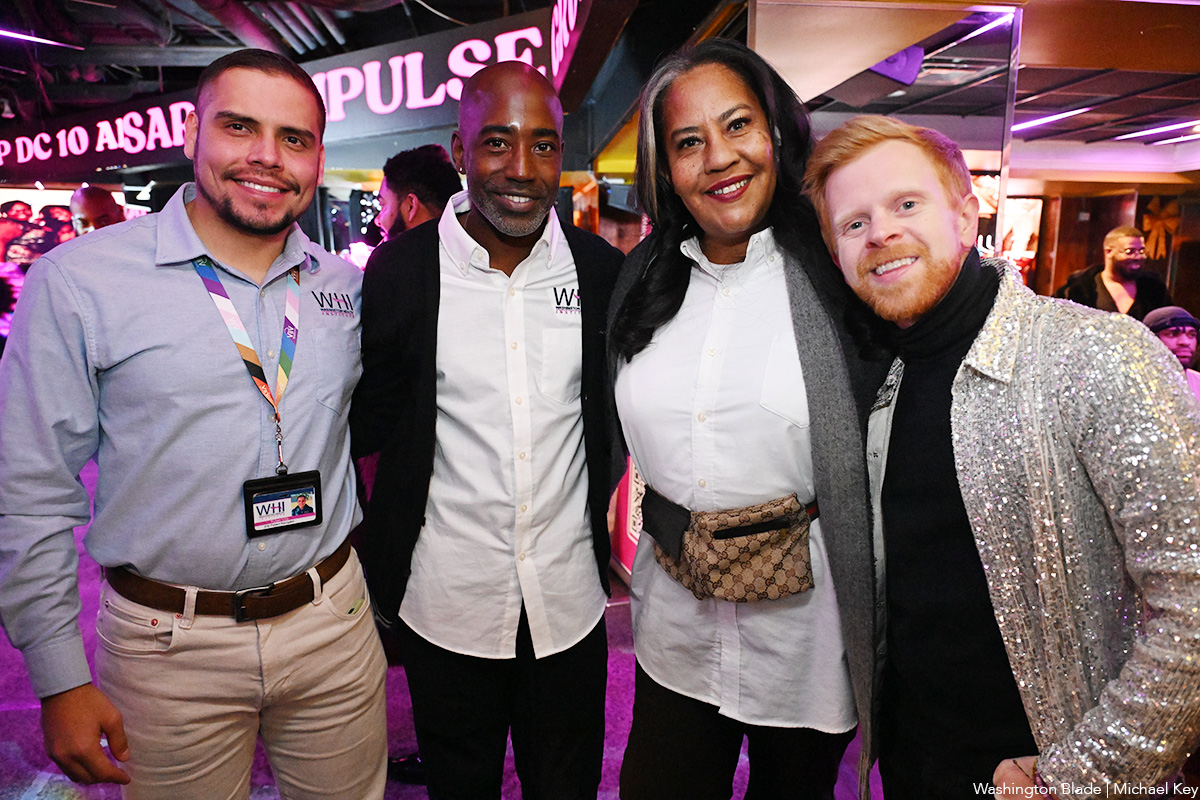
-

 Politics5 days ago
Politics5 days agoLGBTQ Democrats say they’re ready to fight to win in 2026
-

 District of Columbia5 days ago
District of Columbia5 days agoBrian Footer suspends campaign for Ward 1 D.C. Council seat
-

 Opinions4 days ago
Opinions4 days ago2026 elections will bring major changes to D.C. government
-

 Kazakhstan4 days ago
Kazakhstan4 days agoKazakh Senate approves anti-LGBTQ propaganda bill


